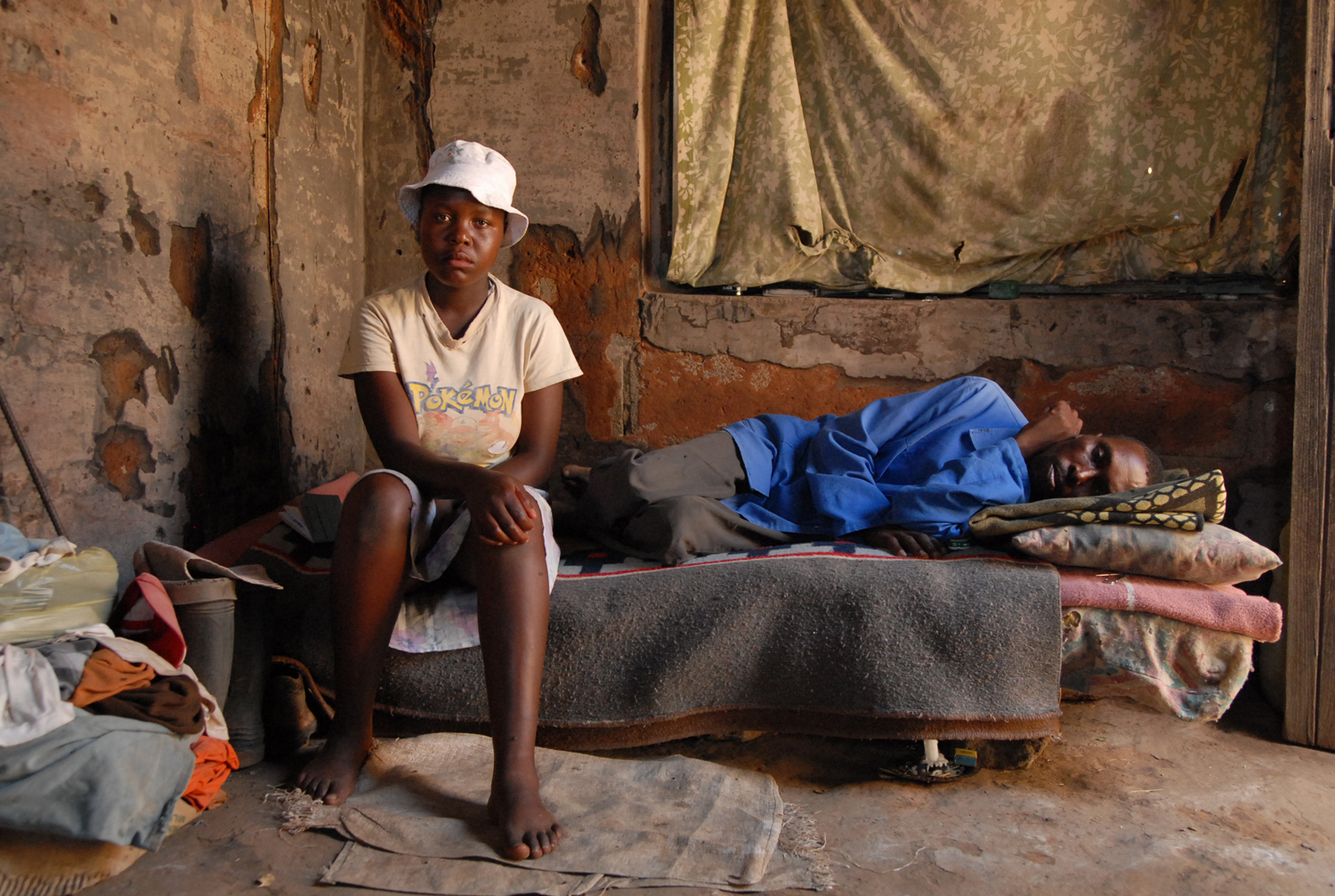The rate of new HIV infections, which has fuelled the global HIV/AIDS epidemic since the 1980s, has peaked throughout the world and is now declining.
But population growth and the life-prolonging effects of antiretroviral (ARV) treatment mean that the total global number of HIV-infected people is likely to remain about the same for another two decades and will continue to increase in sub-Saharan Africa.
Based on these findings from the study, Has the HIV epidemic peaked?, published in the June issue of Population and Development Review, its lead author, John Bongaarts, believes it is time for the international community and governments to rethink their prioritisation of AIDS over other infectious diseases.
"AIDS has gotten special treatment because of its emergency status; that view is no longer valid because the epidemic has peaked," he told IRIN/PlusNews on the phone from the New York headquarters of the Population Council, an international non-governmental research organisation of which he is vice-president.
The study, which Bongaarts carried out with three demographers from the United Nations Population Division, examined the course HIV epidemics have taken in different regions and used mathematical models that combined population projections with data collected by UNAIDS to project the future demographic impact of HIV/AIDS.
Research showed that the global peak in HIV incidence occurred as long ago as 1995, with the first peak occurring in North America in the early 1980s, and the last in Eastern Europe in 2001. According to Bongaarts, this finding is not new, but it has been against the interests of agencies like UNAIDS to highlight it.
"I think UNAIDS was afraid that donors would decide not to spend so much money on AIDS and, secondly, that governments would say, 'this is no longer something to worry about'," he said. "My own feeling is that the amount that's devoted to AIDS treatment is out of proportion to other health problems."
His comments come on the heels of recent admissions by former senior UNAIDS and World Health Organisation officials that they exaggerated the size of the HIV epidemic and its potential for further growth to create public alarm and maintain the flow of donor money to the global industry that AIDS had spawned.
The backlash against global HIV expenditure started in February with an article in the British Medical Journal by Roger England of Health Systems Workshop, a health-policy charity, who pointed out that AIDS receives about a quarter of global health aid but constitutes only five percent of the disease burden in low- and middle-income countries.
Speaking to IRIN/PlusNews, Bongaarts agreed with England's argument that more lives could be saved by investing in strengthening health systems and combating other diseases with inexpensive interventions like immunisations, mosquito nets and family planning.
What is new about the Population Council study are the predictions it makes about the future demographic implications of the HIV epidemic. According to the authors, the presence of AIDS will not prevent populations from increasing. Even in sub-Saharan Africa, where the death toll from AIDS will continue to be high, the population is expected to grow by one billion between 2005 and 2050.
However, AIDS will slow population growth in the worst-hit countries: in South Africa, for example, the population size by 2050 is projected to be 29 percent lower than it would have been without the presence of AIDS.
ks/he
This article was produced by IRIN News while it was part of the United Nations Office for the Coordination of Humanitarian Affairs. Please send queries on copyright or liability to the UN. For more information: https://shop.un.org/rights-permissions




